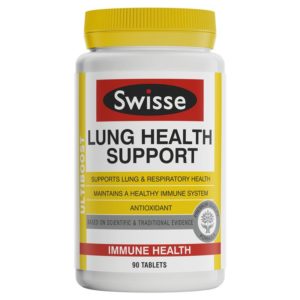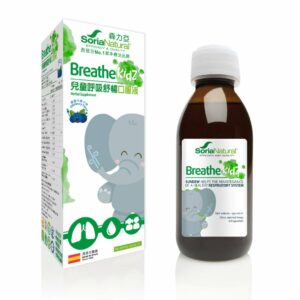
How does exposure to cold cause colds?
One day, my eldest daughter came home from school and asked me, "Dad, which runs faster, cold or heat?" I was puzzled, not understanding the real meaning of the question. She said with a mischievous expression, "Isn't the English word for a cold 'catch cold'? But we never say 'catch hot,' right? This means cold runs slower than heat." In the West, "catch cold" refers to a cold, just as we in the East say "get chilled." This old saying implies that both East and West believe...coldIt is a consequence of sudden exposure to cold or insufficient protection against the cold. But this is a baseless and scientifically untenable error.
The common cold is an infectious disease caused by about 200 types of viruses, most of which are not very virulent. These viruses mainly multiply in the epithelial cells of the nasal cavity or nasopharynx, but are not very destructive and do not spread to other parts of the body. Runny nose, sneezing, headache, nasal congestion, or fever are mostly attributed to the body's defense response. These symptoms usually disappear completely within a week, showing that the common cold virus is a very measured pathogen. This is a state of peaceful coexistence between the virus and humans achieved through a long period of struggle and mutual adaptation. Unless it is the elderly or patients with serious chronic diseases, we have never heard of any cases of death from the common cold. When the elderly and chronically ill patients die from the common cold, the cause of death is usually complications caused by the cold, not the cold itself. As mentioned above, there are many types of common cold viruses, the largest group being rhinoviruses, which cause about 40% of colds. Foot-and-mouth disease virus is actually a rhinovirus, but it is a rhinovirus from ungulates. Rhinoviruses have largely reached a point where they do not seriously invade humans, but foot-and-mouth disease has a virulence that can kill sheep and cattle.
Many people are already skeptical when they hear that colds are unrelated to exposure to cold; hearing about how colds are transmitted will likely only increase their doubts. However, if these basic misconceptions about colds are not corrected, cold prevention cannot be implemented, and the infection rate will likely remain high.
The culprit behind the spread of the common cold
Adults typically have 2-4 episodes per year, while children have 6-8 episodes per year.coldColds are more common in cold seasons, which is why many people mistakenly believe that being chilled is the main cause. However, a thorough scientific examination has long ruled out chilling as a cause of colds. For example, Andrews in the UK 50 years ago divided volunteers into two groups: one dressed warmly and comfortably, and the other wrapped in damp towels and placed in an air duct for 30 minutes, then allowed to put on clothes but not shoes, with their feet wrapped in damp, cold towels for an hour or so. Both groups were then inoculated with live cold viruses. The results showed that although the body temperature of the group exposed to cold did decrease, the incidence of colds was not higher than that of the group that remained warm and comfortable. People whose body temperature dropped due to being confined in a refrigerated vehicle, unless inoculated with a virus, were just as healthy as those who were not refrigerated.
Many people mistakenly believe that sharing chopsticks, kissing, or being near someone with a cold, or inhaling respiratory secretions from their sneeze, are the main routes of infection. This is incorrect. The most common source of cold viruses is nasal secretions. Wiping these secretions with your hands and then touching objects or other parts of your body allows the virus to spread, eventually reaching healthy individuals. Your hands are the culprit! Grandparents holding their grandchildren with colds must remember to wash their hands! Frequent handshakes and greetings with others also necessitate frequent handwashing to prevent transmitting viruses from others to yourself.respiratory tractThe more opportunities people have to come into contact with each other, the more often they should wash their hands!
However, one important question remains unanswered: all the scientific data above seem to make sense, but colds are still more common in cold seasons. Does this mean that "cold" is really unrelated to colds? The answer is simple: people are more likely to stay indoors in cold weather, which increases the chance of frequent contact in a confined space and thus the chance of contracting a virus.








































































